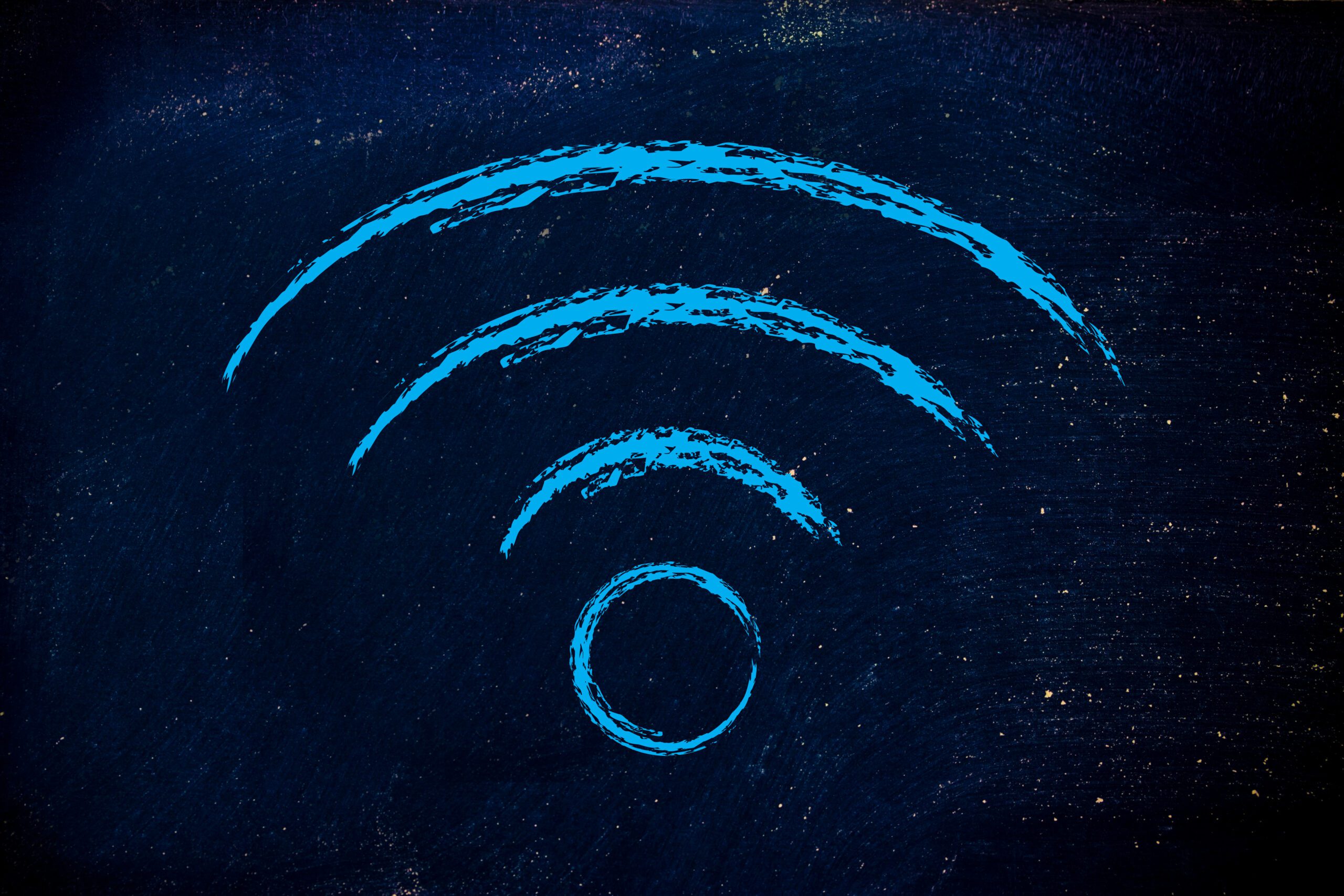Seemingly out of nowhere, the familiar concept of Wi-Fi offloading has become a megatrend in mobile telecom. Also known as mobile data offloading, it refers to the practice of shifting data traffic from cellular networks to Wi-Fi networks to improve the connectivity experience and manage network resources efficiently. This sudden re-focus on Wi-Fi offloading is not only a response to increased network congestion. This time, the primary mission is to solve some stubborn connectivity challenges that mobile operators face in areas where coverage is poor or signals cannot easily penetrate buildings. As 5G rollouts continue, Wi-Fi Offloading is making something of a comeback as a way to guarantee a smooth and streamlined experience for mobile users.
Wi-Fi offloading — why now?
Eagle-eyed observers will recognize this is not Wi-Fi offloading’s first rodeo. Back in 2013, there was a brief surge of interest in it from communication service providers. Now, however, several important factors have come together and explain the Wi-Fi offloading comeback. The first is improving Wi-Fi technology and, in particular, Wi-Fi 6 and its successor, Wi-Fi 7. Wi-Fi 6 uses carrier-grade mechanisms, like Orthogonal Frequency Division Multiple Access (OFDMA), to enable more efficient data transmission and significantly improve network capacity and performance. This new generation of Wi-Fi delivers a deterministic user experience also in locations where there are many users. Wi-Fi offloading doesn’t just do a good job of alleviating network congestion, thanks to the developments of Wi-Fi 6 and beyond, it can now enhance the quality of connectivity and significantly improve user experience regardless of whether the user is on their operator’s mobile network or using a third-party’s Wi-Fi footprint.
Conquering the great indoors
High-speed, reliable cellular connectivity indoors has historically been a challenge for mobile operators, which is where most subscribers spend most of their time. 5G threatens to exacerbate the issue because the higher frequencies of 5G, which enable its faster speeds, also reduce its ability to penetrate buildings. Furthermore, the shift towards more energy-efficient home-building has resulted in buildings that hold heat better thanks to better insulation and glazing, but also tend to block or weaken mobile signals. In order to boost 5G coverage, mobile network operators (MNOs) have invested in erecting more cell towers, especially in built-up areas. However, with 5G’s much-anticipated revenue streams taking longer to materialize than initially expected, many MNOs are weighing up the benefits and trade-offs involved in looking at different solutions for boosting indoor cellular coverage.
Combining capacity, quality and indoor coverage
By contrast, Wi-Fi offloading enables MNOs to enhance indoor connectivity without the upfront investment cost of densifying 5G infrastructure. MNOs can leverage Wi-Fi networks that already exist in many cases to offload data traffic from their cellular network, which carries the twin benefits of reducing demand on their network as well as providing a seamless experience for users as they go about their daily lives.
In the UK, 3UK leverages a third-party network to extend connectivity to London’s Underground network. This enabled 3UK customers to enjoy reliable, high-speed connectivity in an environment that had previously had none, all without deploying a single Wi-Fi Access Point. Such developments highlight the potential of Wi-fi offloading as a solution for other settings that struggle with coverage. As connectivity plays an increasingly critical role in people’s lives, the seamless, high-speed, reliable connectivity enabled by Wi-Fi offloading holds tantalizing implications for many sectors, like telecommunications, healthcare, entertainment and education.
The business case for Wi-FI offloading
Leveraging existing Wi-Fi networks for improved user experience makes sense because the infrastructure is already in place and requires relatively low additional investment. However, even in cases where operators need to deploy new networks within enclosed spaces, there is potential to create an additional revenue stream in the form of managed B2B guest Wi-Fi services. Not only is Wi-Fi offloading an attractive option from the perspective of network management and quality, it becomes a financially viable strategy for transforming indoor coverage in venues such as stadiums, shopping malls and airports.
Enabling seamless connectivity through regulation and standards
The ability to use third-party Wi-Fi footprint is accelerated through developments such as OpenRoaming, an open industry standard that automates device roaming between different Wi-Fi networks. Using OpenRoaming, MNOs can create seamless connectivity between their networks and the three million (and growing) Wi-Fi hotspots globally participating in the OpenRoaming federation. Thanks to this open standard, the prospect of truly converged, seamlessly integrated Wi-Fi and mobile networks becomes increasingly feasible.
Regulators have an important role to play in advancing seamless connectivity. As we increasingly recognize the transformational power of connectivity, so regulators are starting to look at fresh ways to deliver the outcomes they want to see. For instance, even though the majority of all data communications take place indoors, regulations governing mobile operators only apply outdoors. At the same time, many publicly available Wi-Fi networks remain underutilized. One instant fix would be for regulators to require that
free public Wi-Fi networks become part of OpenRoaming as access network providers (ANP), and mobile operators as identity providers (IDP). Not only would this lead to better coverage indoors, it would also support environmental goals by lowering power consumption and infrastructure requirements.
The future is… converging
Advances in Wi-Fi technology now mean that Wi-fi networks can deliver a carrier-class experience. For the first time since Wi-Fi offloading was originally hyped up over a decade earlier, the practice can improve capacity and quality issues for MNOs. The fact that Wi-Fi offloading can leverage existing, often underutilized networks, makes it a particularly attractive investment option for operators, especially in light of the perennial challenge surrounding poor indoor cellular coverage, which will only get more acute as 5G rollouts ramp up. Wi-Fi offloading works indoors, saves operators money and can even become a direct revenue generator. Wi-Fi offloading is rightly one of the hottest trends in 2024, fully capable of transforming the complementary capabilities of both Wi-Fi and cellular networks into one genuinely integrated user experience.

